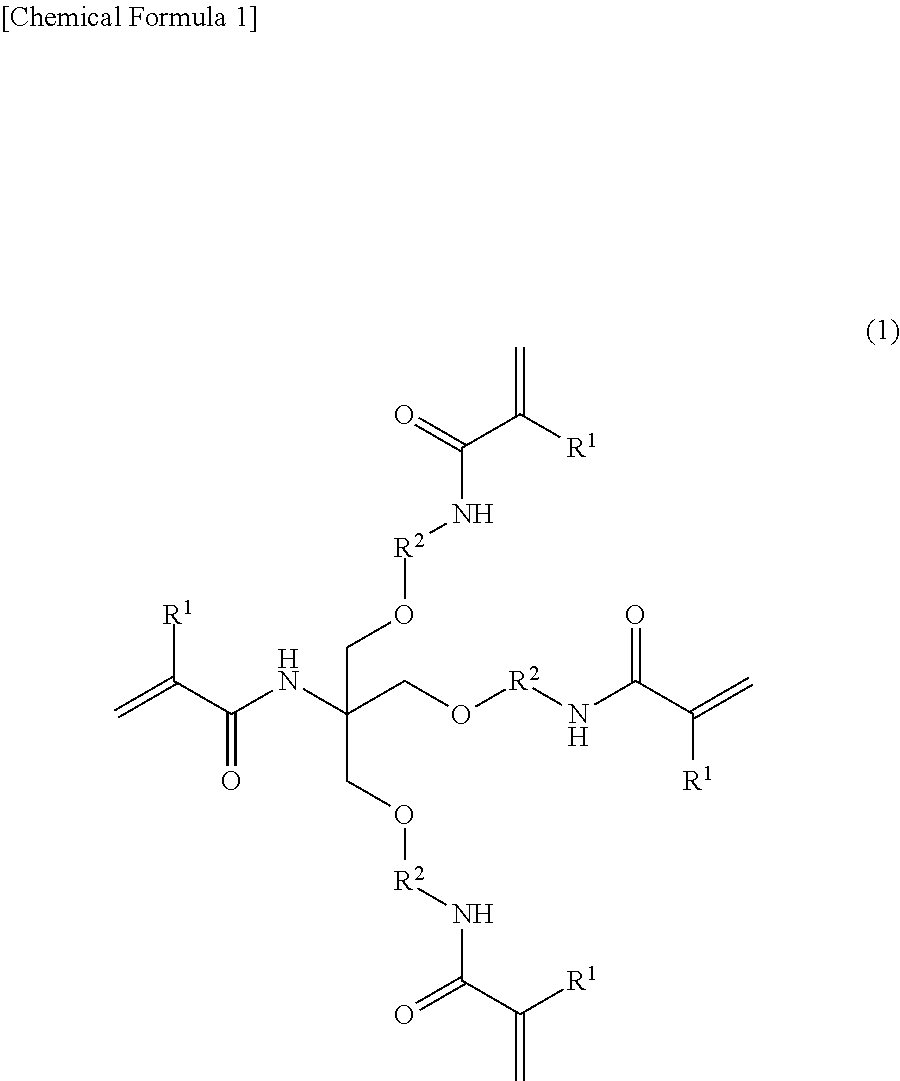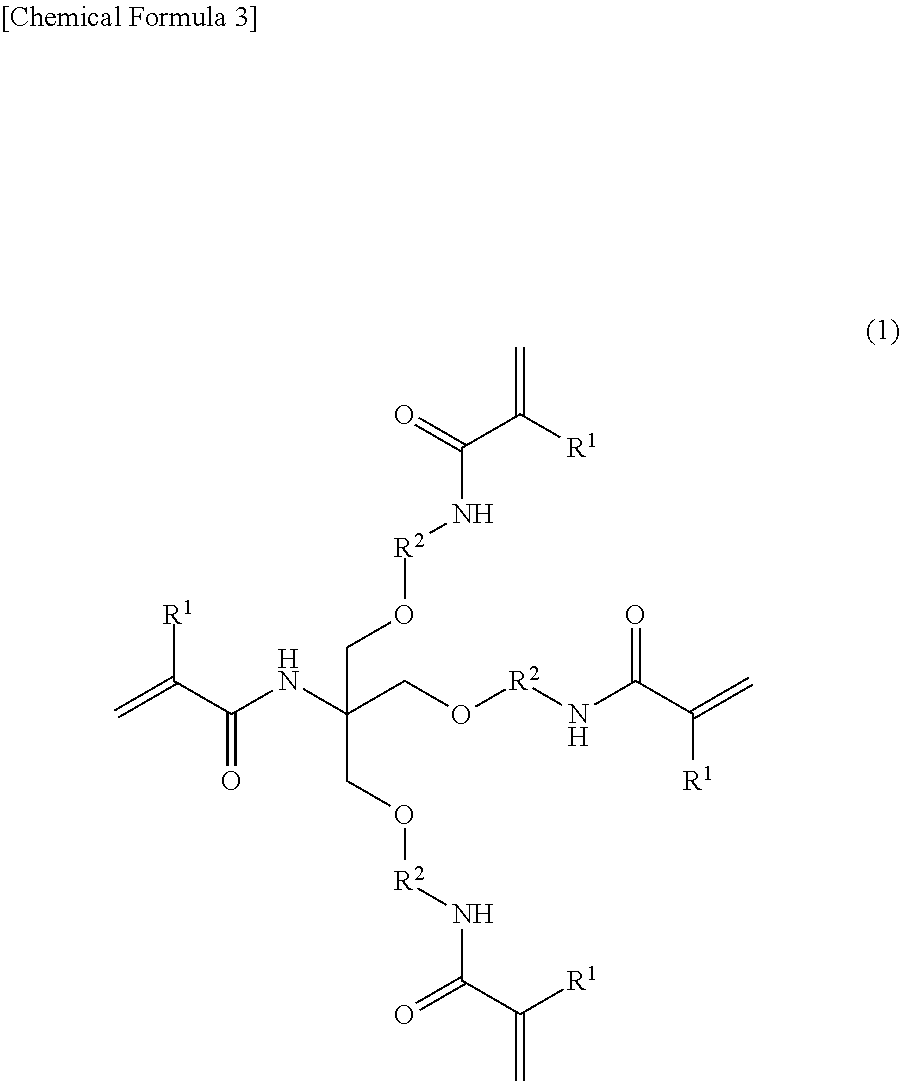Powder-liquid type dental resin-reinforced glass ionomer cement composition
a technology of resin-reinforced glass and cement, which is applied in the direction of dental prosthetics, impression caps, dentistry, etc., can solve the problems of difficult to achieve moisture-proofing, and high surface curability, excellent mechanical properties, and excellent storage stability
- Summary
- Abstract
- Description
- Claims
- Application Information
AI Technical Summary
Benefits of technology
Problems solved by technology
Method used
Image
Examples
examples
[0133]Hereinafter, the present invention will be described in detail with reference to Examples and Comparative Examples. However, the present invention is not limited to these Examples.
[0134]The components (a) to (g) and other components used for preparing the dental resin-reinforced glass ionomer cement compositions of Examples and Comparative Examples, and their abbreviations are as follows.
[(a) Acid-Reactive Glass Powder]
CK-Si-1: Silane-treated fluoroaluminosilicate glass powder 1
(50% particle diameter: 4.5 μm)
CK-Si-2: Silane-treated fluoroaluminosilicate glass powder 2
(50% particle diameter: 8.0 μm)
[(b) Water]
[(c) Polymer of Acidic Group-Containing Polymerizable Monomer]
PCA1: acrylic acid homopolymer powder (weight average molecular weight: 50,000)
PCA2: acrylic acid-3-butene-1,2,3-tricarboxylic acid copolymer powder (weight average molecular weight: 80,000)
PCA3: acrylic acid-maleic acid copolymer powder (weight average molecular weight: 60,000)
[(d) Hydroxyl Group...
PUM
| Property | Measurement | Unit |
|---|---|---|
| particle diameter | aaaaa | aaaaa |
| particle diameter | aaaaa | aaaaa |
| particle diameter | aaaaa | aaaaa |
Abstract
Description
Claims
Application Information
 Login to View More
Login to View More - R&D
- Intellectual Property
- Life Sciences
- Materials
- Tech Scout
- Unparalleled Data Quality
- Higher Quality Content
- 60% Fewer Hallucinations
Browse by: Latest US Patents, China's latest patents, Technical Efficacy Thesaurus, Application Domain, Technology Topic, Popular Technical Reports.
© 2025 PatSnap. All rights reserved.Legal|Privacy policy|Modern Slavery Act Transparency Statement|Sitemap|About US| Contact US: help@patsnap.com



